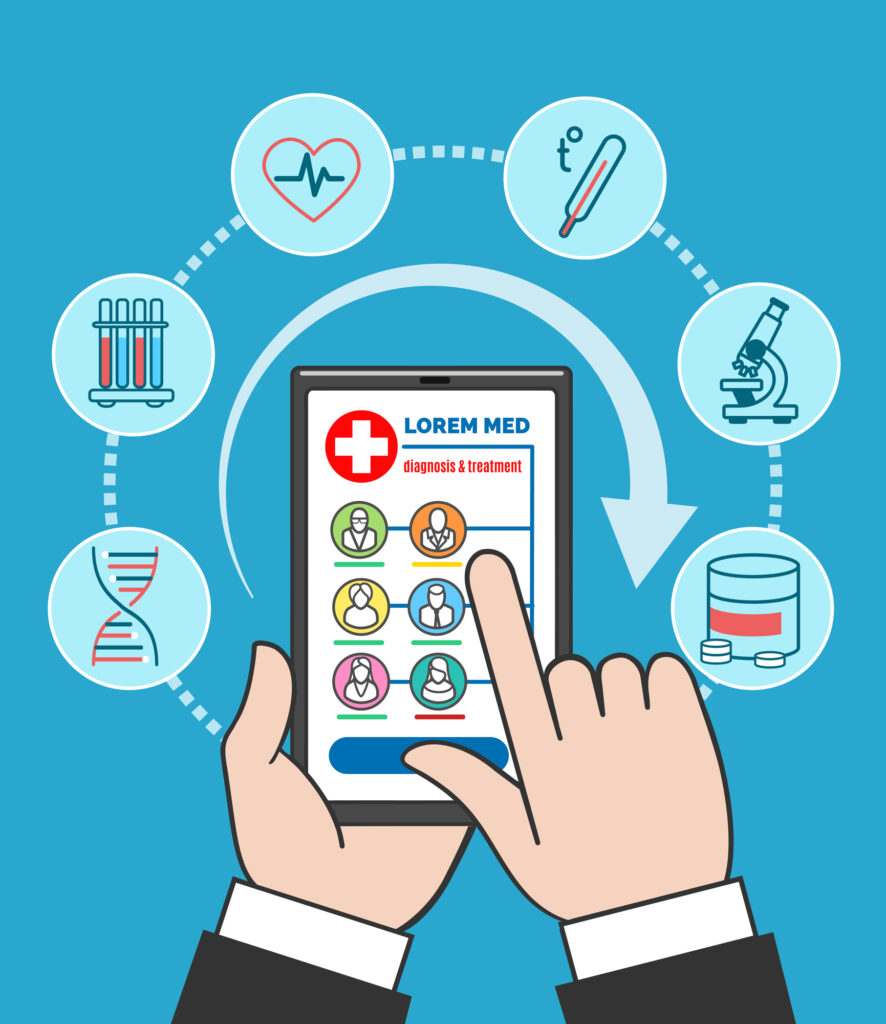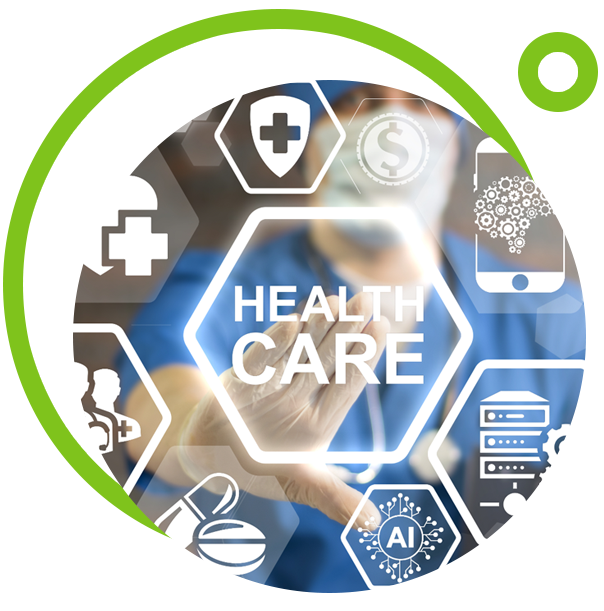
Our extensive experience managing integrations for various health systems has shown that it is quite common for organizations to depend heavily on one or two key engineers. When these engineers retire, it can pose significant challenges. As an IT director or CIO, it is crucial to prepare for this eventuality to ensure a smooth transition and minimize associated risks. Here are three steps to help you navigate this process effectively:
1. Planning for a Seamless Transition
a. Develop a Transition Plan:
- Overlap Period: Plan for an overlap period where the retiring engineer works alongside new team members for 10-12 months. This period allows enough time for knowledge transfer and for new team members to encounter various interface issues. It also helps them learn organizational processes and build relationships with IT staff and other departments.
- Engage an Integration Partner: Partner with a firm like Tido Inc., which provides integration solutions and has experienced integration engineers. Our engineers are familiar with every major EHR and integration engine, and they understand the importance of developing working relationships with IT and service departments like radiology and lab.
b. Assessment and Future State:
- Comprehensive Assessment: Conduct a thorough assessment of the current integration environment. This allows the new team to learn the setup and interfaces and produces detailed documentation as a byproduct. This assessment should also include discussions with stakeholders to outline a future state and roadmap.
- Enhance for Future: Tido’s integration assessments not only document the current state but also create a future vision that aligns with strategic initiatives and provides a roadmap for implementation.
2. Knowledge Transfer
a. Documentation and Guides:
- Enhanced Documentation: During the transition period, ensure the current engineer works with the new team to update all system documentation, integration processes, and project details.
- Create How-To Guides: Develop step-by-step guides for critical tasks and recurring issues. Tido’s team has templates to assist in creating comprehensive guides and manuals. We also use tools to make documentation easily searchable by any team member.
b. Training and Mentoring:
- Knowledge Transfer Sessions: Organize training sessions where the retiring engineer spends dedicated time with the new team to transfer knowledge about different interfaces and special nuances.
- Mentoring: Recognize that the retiring engineer has extensive knowledge of interfaces, organizational processes, and application workflows. Tido Inc. allows the retiring engineer to mentor and work closely with our team, who have been through similar transitions before.
3. Communication Plan
a. Internal Communication:
- Inform Team Members: Clearly communicate the retirement plan and transition timeline to all relevant team members and stakeholders. This includes the IT team and other department managers and directors. Specially include communication about how to reach support for integration issues if this process will change. Tido’s team can share examples of previous communication plans and help draft these communications if needed.
- Provide Updates: Keep the team informed about the progress of the transition and any changes to processes or responsibilities, especially support processes.
b. External Communication:
- Notify Partners and Clients: If the retiring engineer has direct contact with external partners or clients, inform them of the change and introduce the new team.
Benefits of Partnering with Tido Inc.
- Expertise: Tido’s team has over 15 years of experience providing integration management and support to health systems across North America.
- Continuity: We ensure smooth, uninterrupted operations during transitions.
- Scalability: Tido Inc. can scale services according to your needs, providing additional resources if required.
- Cost-Effective: Our solutions are cost-effective, saving you the expense of hiring and training new personnel. You gain access to an experienced integration team rather than relying on a single individual.
By following these three steps and leveraging the expertise of Tido Inc., you can ensure a seamless transition, effective knowledge transfer, and clear communication, maintaining the integrity and efficiency of your integration systems. Need more information? Please contact us.



 Issue #1—Digital Transformations
Issue #1—Digital Transformations